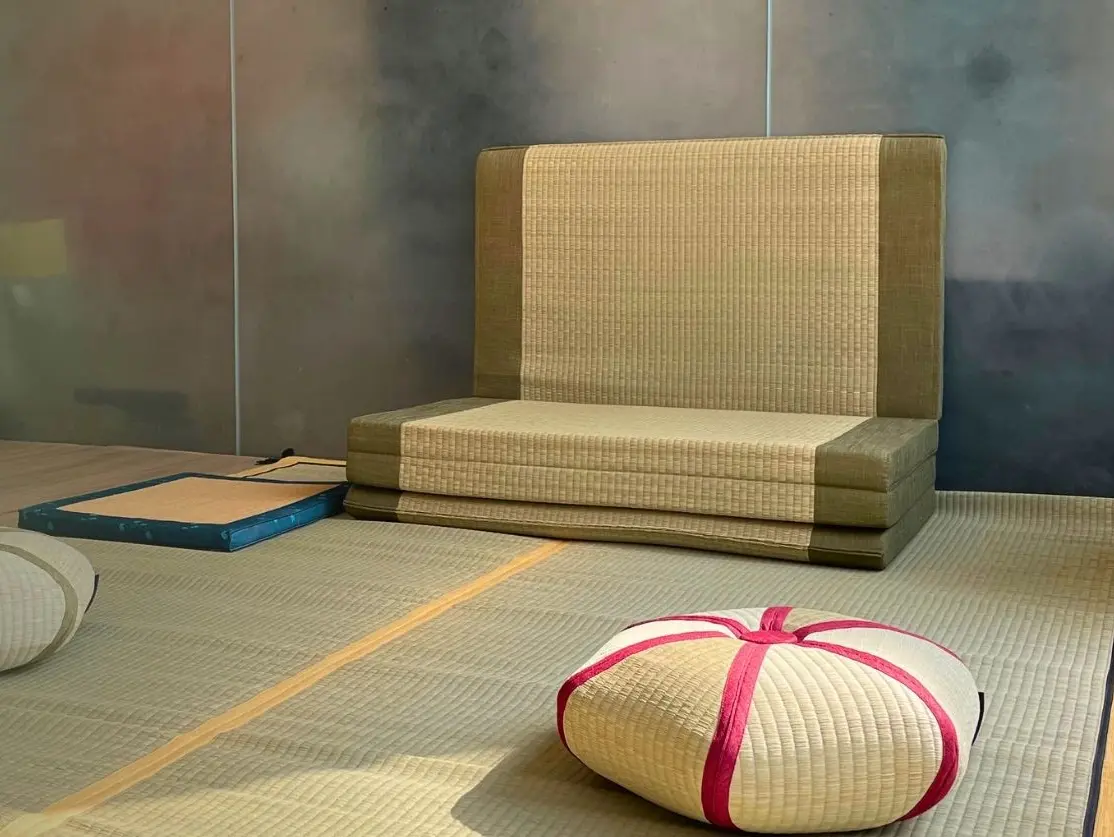Did you know that the concept of a mattress as we know it today is a relatively modern invention? In fact, for centuries, people in Japan slept on thin mats or futons on the floor, and it wasn't until the post-WWII era that Western-style mattresses became popular in the country. Today, traditional Japanese bedding is experiencing a resurgence in popularity, and two of the most popular options are Shikibutons and Tatami. But what's the difference between these two traditional Japanese bedding styles, and which one is right for you?
What are Shikibutons?
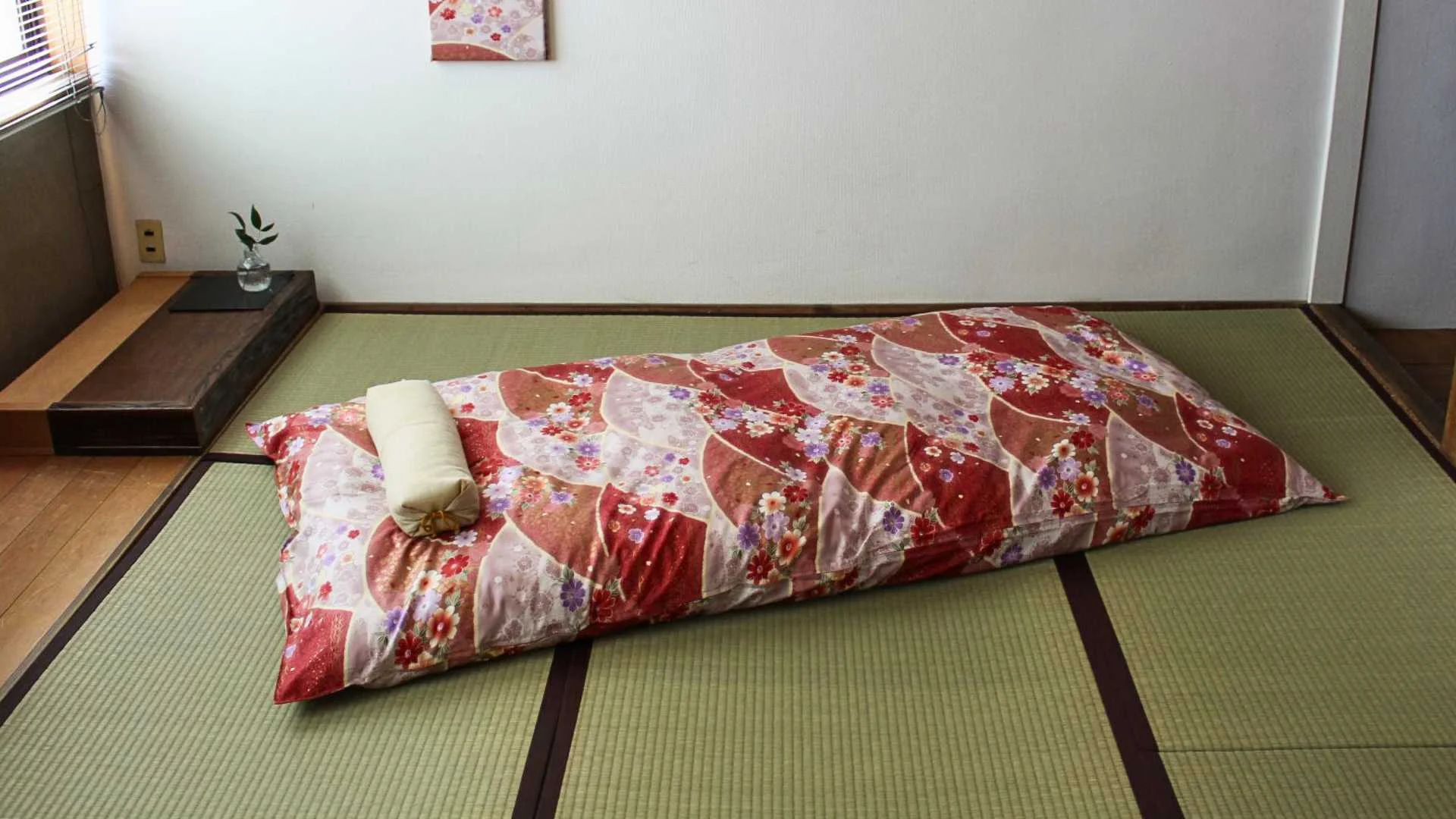
A Shikibuton is a traditional Japanese mattress made from cotton or wool. It's slightly thicker and softer than a Tatami mat, typically ranging from 7-15 cm in thickness. Imagine sleeping on a cloud (but not too fluffy!) – that's what a Shikibuton feels like. They're often used on Tatami mats or platform beds, providing a comfortable and supportive sleeping surface.
What are Tatami?
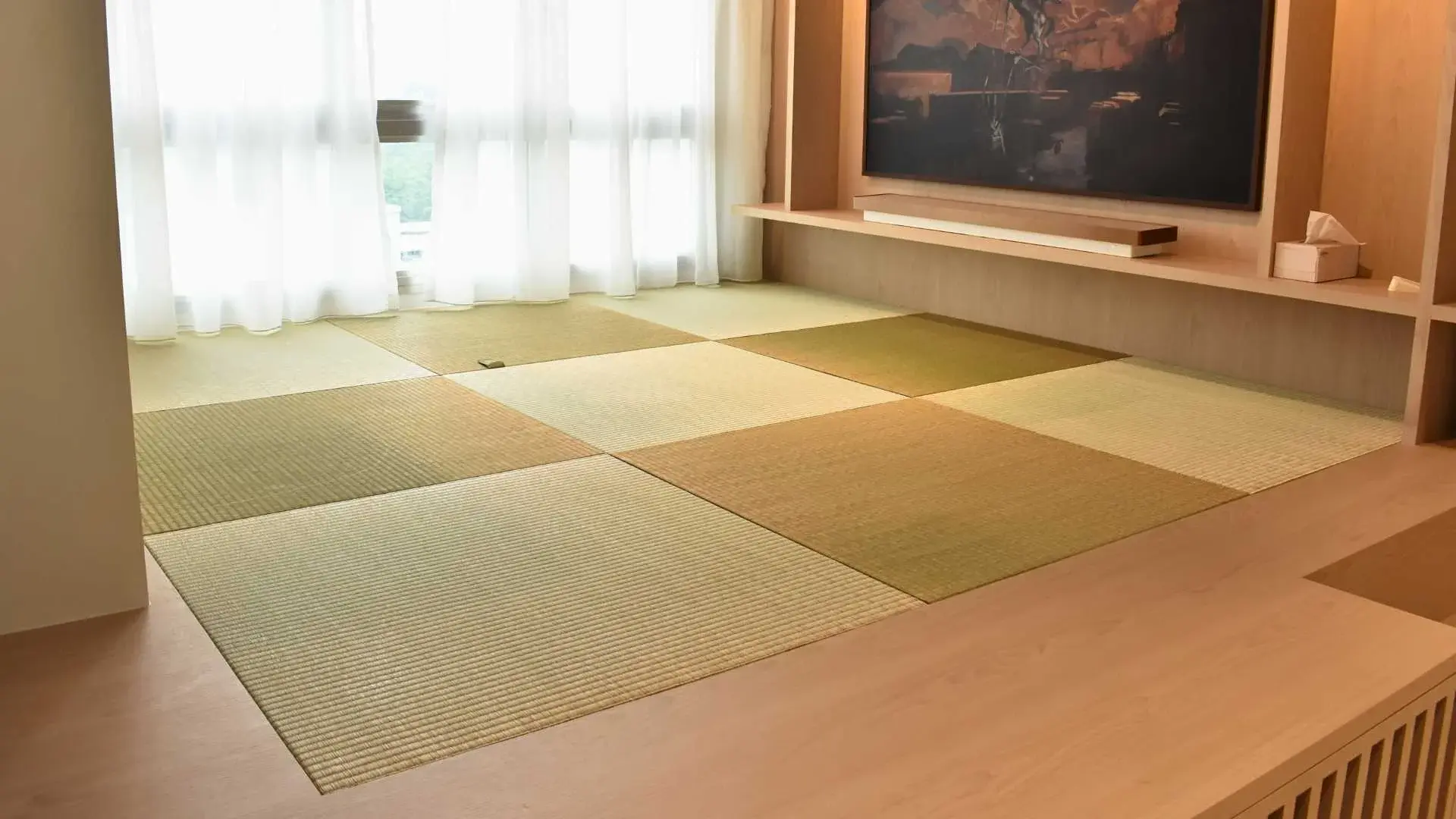
A Tatami, on the other hand, is a traditional Japanese mat made from woven Igusa Rush grass or rice straw. It's designed to be thin and firm, typically ranging from 3-5 cm in thickness. Tatami mats are often used as flooring in traditional Japanese homes, but they can also be used as a bed base or mattress topper. Sleeping on a Tatami is like snuggling up with nature – it's all about embracing simplicity and minimalism.
The Thickness Factor
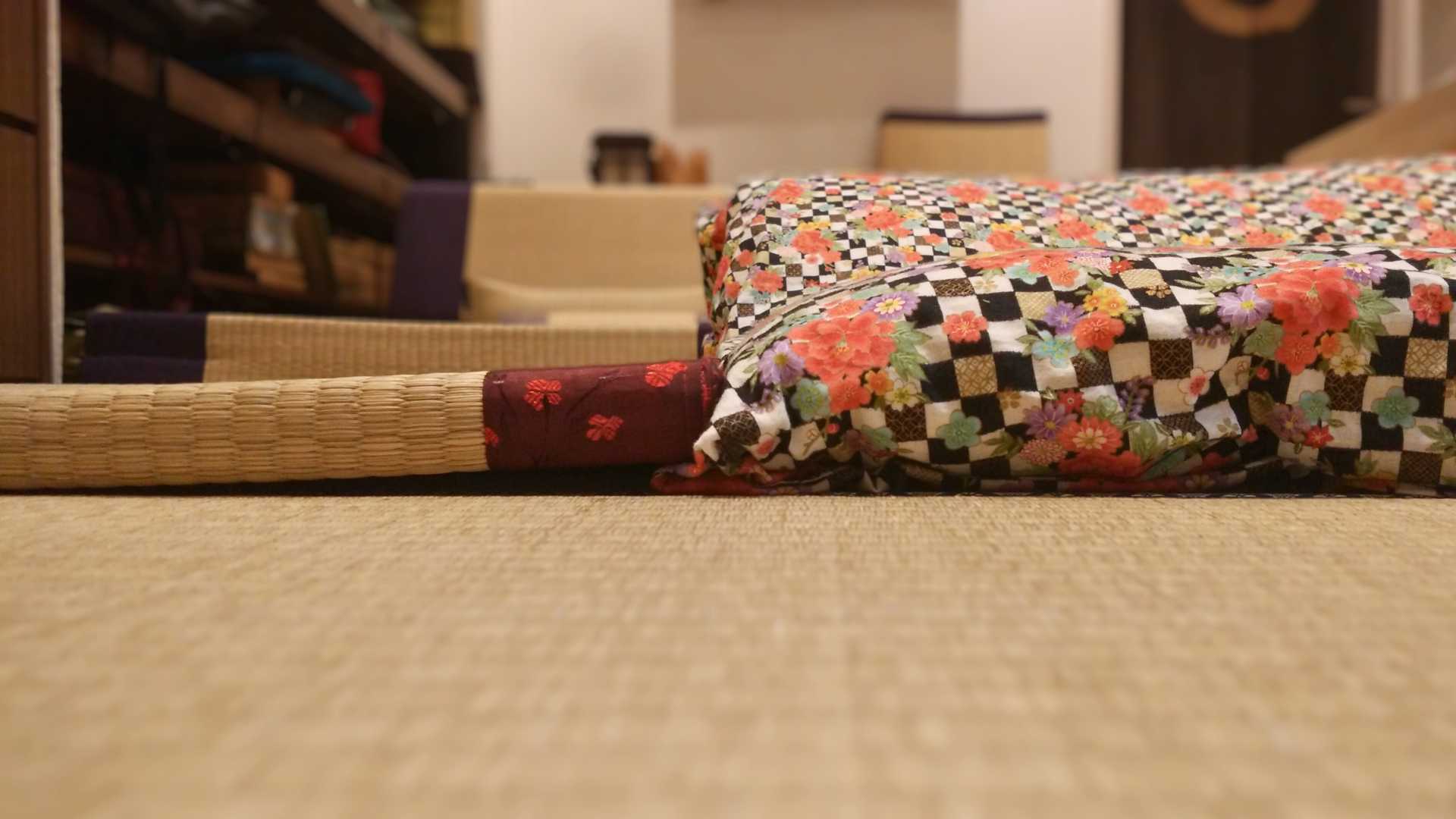
So, how do Shikibutons and Tatami compare in terms of thickness? Well, Shikibutons are generally thicker and softer, while Tatami mats are thinner and firmer. If you're someone who likes a bit of firmness in their mattress, a Tatami mat might be the way to go. But if you prefer a softer, more cushioned sleeping experience, a Shikibuton could be your new best friend.
Support and Pressure Relief
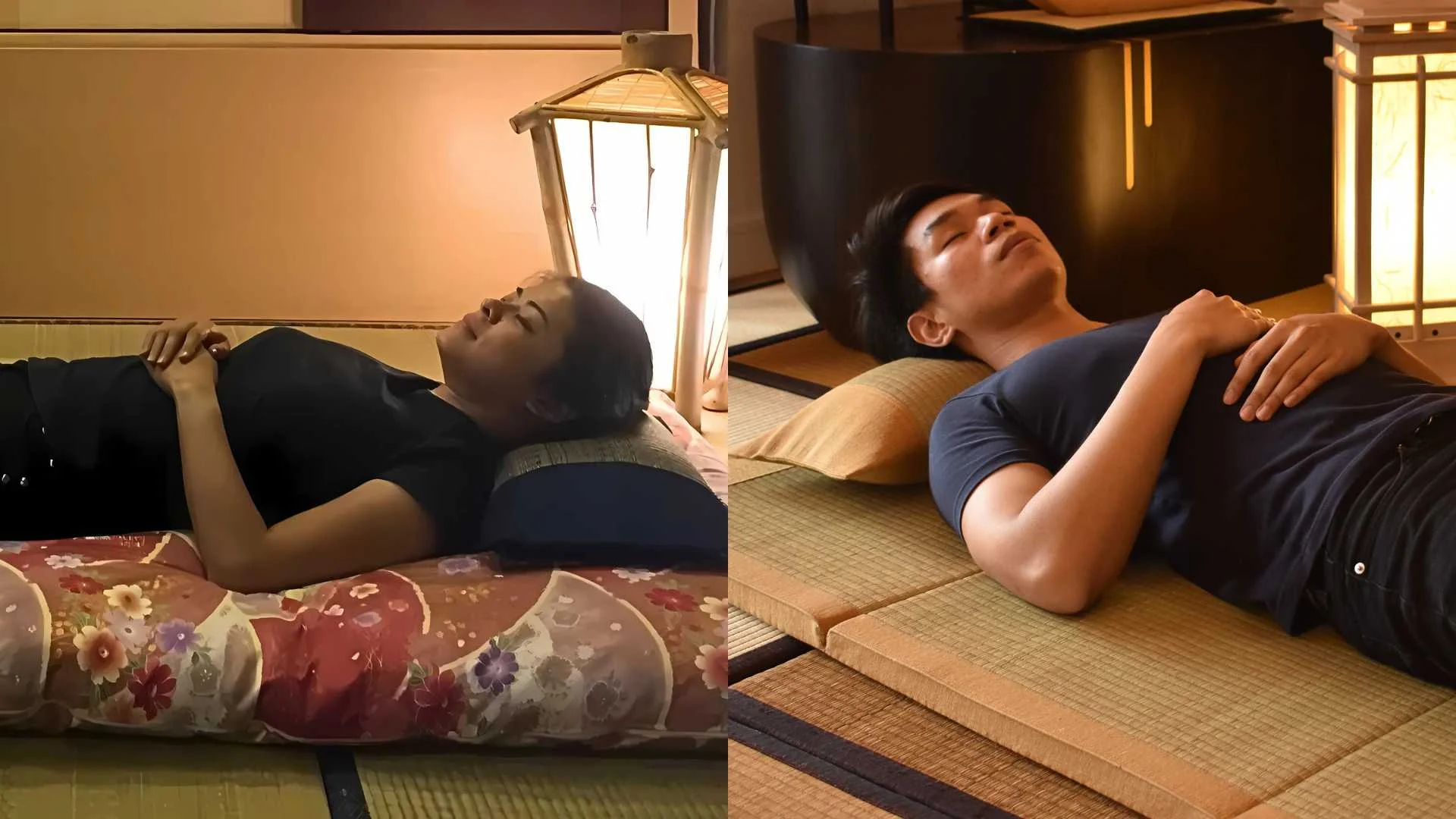
In terms of support and pressure relief, both Shikibutons and Tatami have their own strengths. Tatami mats are designed to provide excellent support and pressure relief, making them ideal for back sleepers and those who prefer a firmer sleeping surface. Shikibutons, on the other hand, offer a more subtle level of support and pressure relief. They're perfect for side sleepers and those who prefer a softer, more gentle sleeping experience.
Breathable Design

Another important factor to consider when choosing between Shikibutons and Tatami is breathability and temperature regulation. Both options are designed to promote airflow and regulate body temperature, but they do it in different ways. Shikibutons are often made with natural fibers like cotton and wool, which allow for excellent airflow and moisture wicking. Tatami mats, on the other hand, are made from Igusa Rush or rice straw, which provide natural ventilation and cooling.
The Verdict
So, which one is right for you? Well, that's entirely up to you! Both Shikibutons and Tatami offer unique benefits and drawbacks, and it's all about finding the one that fits your needs and preferences. Do you like a bit of firmness in your mattress? Go for a Tatami mat! Do you prefer a softer, more cushioned sleeping experience? Try sleeping on a Shikibuton!
